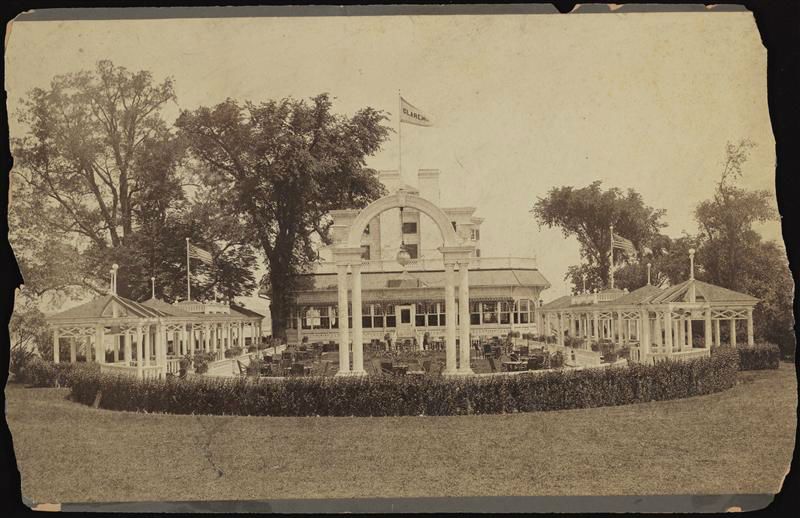
The housing industry is changing. It’s up to builders to adapt.
Builders are looking for ways to reduce costs and improve efficiency, but they’ll also need new technologies and building materials to keep up with the times. By embracing these changes, we can ensure that homes are better constructed, cheaper to maintain, and more energy efficient than ever.
The housing industry is changing, and it’s up to builders to adapt.
The housing industry is changing. The cost of building a home has risen, and builders must find ways to reduce costs and improve efficiency to stay competitive in an increasingly crowded market.
To meet these challenges, builders need new tools that can help them build faster and cheaper while maintaining quality standards.
Builders are looking for ways to reduce costs and improve efficiency.
Builders are looking for ways to reduce costs and improve efficiency. The following are some of the most critical factors in building homes:
- Time to build: Builders can reduce their time on site by using prefabricated materials and systems delivered from factories ready to install. This means fewer workers need to be hired, so construction costs will also be reduced.
- Materials used: Prefabricated homes use less material than traditional stick-built houses because they don’t require the extra materials needed to create curved walls or other unique features that may be needed in more custom designs. Since these houses come fully assembled at their factory sites, they also require less labor than those built on-site from scratch by hand (which often leads to mistakes). Additionally, because many components are made offsite rather than onsite during construction–such as windows–they’re easier for contractors and homeowners alike since no one has access until after completion when everything is ready for installation!
Green buildings are more comfortable and healthier.
The design of green buildings is based on the principles of biophilia, meaning they are designed to feel like natural environments. This makes them more comfortable than non-green buildings because they are designed to mimic how humans evolved over time to function best in nature. Green building designs also incorporate water features and plants, which can help improve air quality by filtering out pollutants and providing shade from the sun’s heat and glare during the summer months. In addition, studies have shown that people feel happier when exposed to nature than indoors without access to natural elements such as sunlight or greenery.
Green buildings can be appealing to tenants, buyers, and investors.
Tenants want green buildings because they want to save money on their utility bills and don’t want the health risks associated with high levels of pollutants in the air they breathe. In addition, many people are concerned about climate change, so they’re looking for ways to reduce their carbon footprint by living in or working at a green building.
Buyers like green buildings because they’re suitable investments that could increase in value over time as demand grows for properties with these features. For example, some studies had shown that homes built before 1940 were worth more than those built after 1970 due to increased awareness about environmental issues during this period–and this trend may continue into future decades as well!
Builders will need to embrace new technologies.
Builders must embrace new technologies to remain competitive and provide homeowners with the best product. While some builders may shy away from technology, it’s essential for those who want their businesses to grow and thrive in this changing environment. New technologies can help builders reduce costs, improve quality and efficiency, and make it easier for consumers to purchase homes.
New building materials will also be essential in the future.
In addition to the advances in building materials, we can expect several other changes. In the future, homes will be more sustainable and durable. They’ll also be more adaptable to different environments than those built today. And they will use less energy and water than current houses do–partly because the materials used in their construction are better at regulating temperature or insulating from heat loss (or gain).
The next generation of homes must be more innovative and more efficient.
The next generation of homes, like Grand Dunman, are more innovative and efficient. Buildings are the world’s largest energy consumption source, accounting for 40% of all CO2 emissions. They’re responsible for more than half of global greenhouse gas emissions, which increase as urban populations grow. As we move toward a low-carbon economy, new materials will be needed to reduce cost, improve efficiency, and improve indoor air quality. Buildings must also be designed to be more efficient to reduce our reliance on fossil fuels for heating, cooling, and lighting; this will allow us to save money on utility bills while reducing our carbon footprint at home or work!
Home automation is a growing industry; according to a report by ResearchAndMarkets, the global home automation market is expected to reach $80 billion by 2022, with an annual growth rate of over 10%. Home automation can help you be more comfortable in your home, save money on utilities and make it easier to monitor security cameras or adjust lights from afar.
Home automation systems connect all of your house’s devices–including lights, thermostats, and door locks–to one central hub using Wi-Fi technology. This allows users to control their homes remotely through an app on their phone or computer without needing any additional hardware besides what’s already installed in their homes (like light switches).
Conclusion
We are at a crossroads, and the future of our homes is in our hands. We can build something better than ever, but only if we’re willing to embrace new technologies and building materials and think about how to make them more efficient. If we do this right, then everyone will benefit from healthier living environments – from builders who can create homes at lower costs per square foot than ever before, homeowners who enjoy living in an eco-friendly environment that saves money on utilities, and even society as a whole thanks to reduced pollution levels caused by fewer cars being driven around town!
Become a Harlem Insider!
By submitting this form, you are consenting to receive marketing emails from: . You can revoke your consent to receive emails at any time by using the SafeUnsubscribe® link, found at the bottom of every email. Emails are serviced by Constant Contact









I’ve been closely monitoring the evolution of the housing industry, and this article hits the nail on the head regarding the need for innovation in building materials and technologies. As someone who is passionate about sustainability, I’m particularly excited about the potential for green buildings to not only reduce environmental impact but also provide cost savings in the long run.